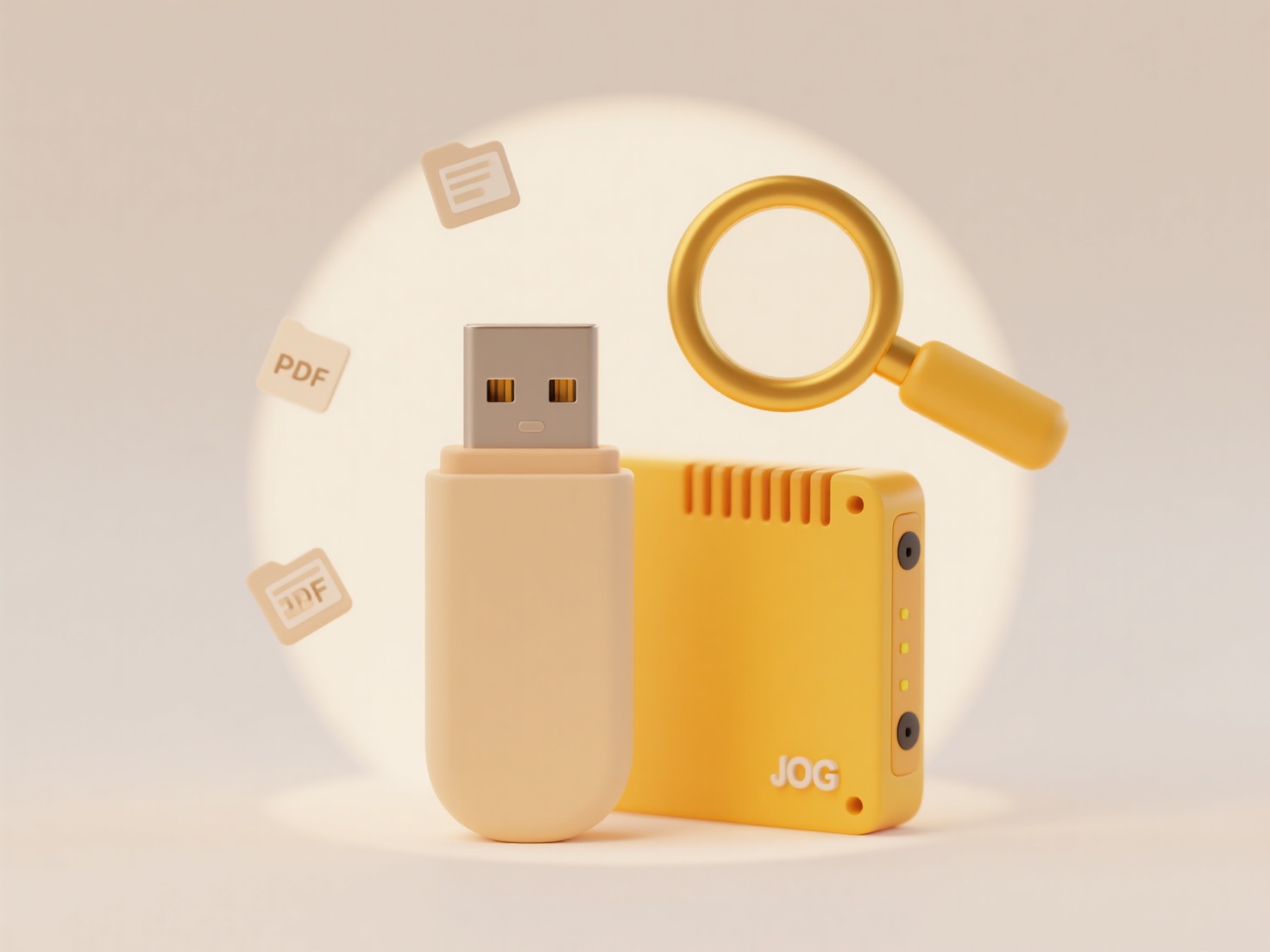
Syncing sensitive files to cloud services (like Dropbox or Google Drive) involves continuously copying data to remote internet servers for access anywhere. While convenient, it inherently risks exposure compared to purely local storage because your files reside outside your direct control. Key risks include unauthorized access (via data breaches or weak account security), accidental data leaks (like sharing incorrect links), potential loss of access during service outages, and non-compliance with regulations if stored data violates geographic or industry rules.

For instance, syncing customer databases containing Personally Identifiable Information (PII) could expose a marketing firm to significant financial penalties under regulations like GDPR if breached. Similarly, a medical practice syncing patient health records must ensure their cloud provider offers stringent HIPAA-compliant security measures; a misconfigured sync setting could accidentally expose protected health information via a public link.
The main advantage is accessibility and collaboration, but this comes with risks. Limitations include dependency on vendor security practices and potential interception during transmission. Ethical responsibilities involve ensuring robust encryption for sensitive data. Future developments like broader adoption of zero-trust security models and homomorphic encryption (processing encrypted data without decryption) aim to mitigate these risks. Until then, careful vendor evaluation and strict data classification are essential for safe adoption.
What are the risks of syncing sensitive files to the cloud?
Syncing sensitive files to cloud services (like Dropbox or Google Drive) involves continuously copying data to remote internet servers for access anywhere. While convenient, it inherently risks exposure compared to purely local storage because your files reside outside your direct control. Key risks include unauthorized access (via data breaches or weak account security), accidental data leaks (like sharing incorrect links), potential loss of access during service outages, and non-compliance with regulations if stored data violates geographic or industry rules.

For instance, syncing customer databases containing Personally Identifiable Information (PII) could expose a marketing firm to significant financial penalties under regulations like GDPR if breached. Similarly, a medical practice syncing patient health records must ensure their cloud provider offers stringent HIPAA-compliant security measures; a misconfigured sync setting could accidentally expose protected health information via a public link.
The main advantage is accessibility and collaboration, but this comes with risks. Limitations include dependency on vendor security practices and potential interception during transmission. Ethical responsibilities involve ensuring robust encryption for sensitive data. Future developments like broader adoption of zero-trust security models and homomorphic encryption (processing encrypted data without decryption) aim to mitigate these risks. Until then, careful vendor evaluation and strict data classification are essential for safe adoption.
Quick Article Links
What is a “copy conflict”?
A "copy conflict" occurs when multiple users or systems attempt to modify the same piece of data simultaneously, leading...
What’s the difference between .odt and .docx?
.odt (OpenDocument Text) and .docx (Office Open XML Word) are two common file formats for word processing documents. .od...
How do I rename exported images from Figma or Sketch?
Renaming exported images in Figma or Sketch involves setting custom filenames before generating asset files. Unlike simp...